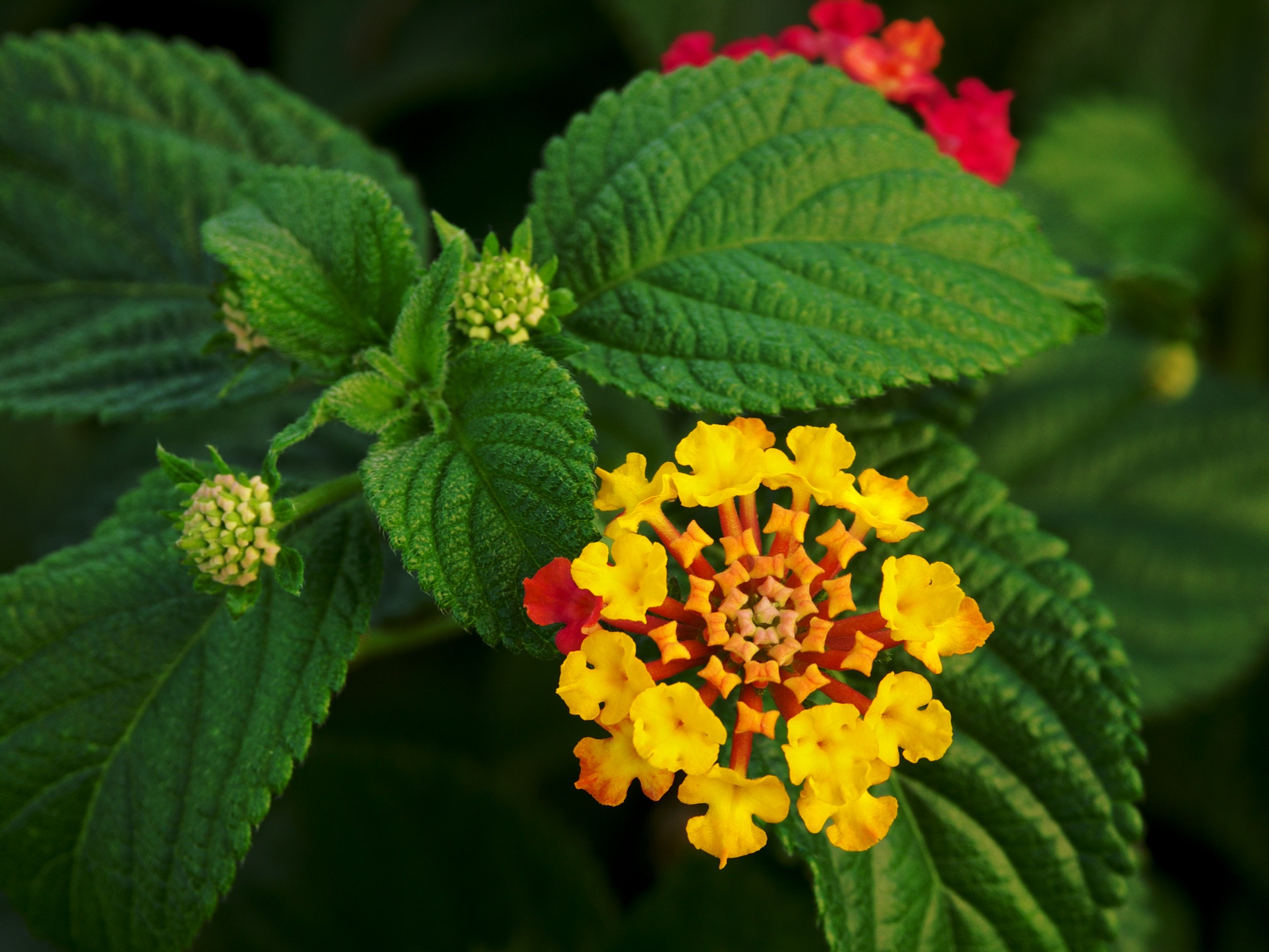Viburnum Lantana: The Numberstar Shrub That Will Bloom Your Yard
Viburnum lantana: The 5-Star Shrub That Will Bloom Your Yard
Viburnum lantana, also known as the wayfaring tree, is a beautiful and versatile shrub that can add a touch of elegance to any yard. It is native to Europe, Asia, and North Africa, and it is hardy in USDA zones 4-8.
Viburnum lantana is a deciduous shrub that can grow 4-5 feet tall and 3-4 feet wide. It has opposite, simple, oval to lanceolate leaves that are 6-13 centimeters long and 4-9 centimeters wide. The leaves are dark green on the upper surface and densely downy on the underside.
In the spring, viburnum lantana produces clusters of white, pink, or purple flowers. The flowers are followed by black berries that are edible but not particularly tasty.
Viburnum lantana is a relatively easy shrub to care for. It prefers full sun to partial shade and well-drained soil. It is drought-tolerant once established, but it will benefit from regular watering during the summer months.
Viburnum lantana is a versatile shrub that can be used in a variety of settings. It can be planted as a single specimen, in a hedgerow, or in a mixed border. It is also a good choice for foundation plantings and patio containers.
Here are some of the benefits of planting viburnum lantana in your yard:
- It is a beautiful and versatile shrub that can add a touch of elegance to any yard.
- It is hardy in a wide range of climates.
- It is relatively easy to care for.
- It attracts butterflies and other pollinators.
- It produces edible berries.
If you are looking for a beautiful and low-maintenance shrub to add to your yard, viburnum lantana is a great option.
Viburnum lantana is a beautiful and versatile shrub that can be grown in a variety of settings. It is known for its fragrant flowers, which bloom in the spring, and its attractive foliage, which turns a golden color in the fall. Viburnum lantana is also relatively easy to care for, making it a good choice for gardeners of all levels of experience.
If you are interested in learning more about viburnum lantana, I encourage you to visit Garden Wiki. This website provides comprehensive information about the plant, including its history, cultivation, and uses. You can also find photos, videos, and articles about viburnum lantana on this website.
FAQ of viburnum lantana
Q: What is Viburnum lantana?
A: Viburnum lantana, also known as wayfaringtree, is a deciduous shrub or small tree that is native to Europe and Asia. It is known for its white flowers, which bloom in late spring or early summer. Viburnum lantana is a hardy plant that is tolerant of a variety of soil conditions and can grow in full sun or partial shade.
Q: How to care for Viburnum lantana?
A: Viburnum lantana is a relatively easy plant to care for. It requires regular watering, especially during the first year after planting. It is also important to fertilize Viburnum lantana in the spring and fall. To keep the plant looking its best, you should prune it in the spring or fall.
Q: How to propagate Viburnum lantana?
A: Viburnum lantana can be propagated from seed, but it is more commonly propagated from cuttings. To propagate Viburnum lantana from cuttings, you will need to take a 4-6 inch cutting from a healthy plant in the spring or fall. The cutting should have at least 3 nodes. Dip the cut end of the cutting in rooting hormone and plant it in a mixture of peat moss and perlite. Keep the cutting moist and in a warm location. The cutting should root in about 6-8 weeks.
Q: What are some common problems with Viburnum lantana?
A: Some common problems with Viburnum lantana include:
- Leaf spot: This is a fungal disease that can cause brown spots on the leaves. To control leaf spot, you can spray the plant with a fungicide.
- Powdery mildew: This is another fungal disease that can cause a white powdery coating on the leaves. To control powdery mildew, you can spray the plant with a fungicide or water the leaves regularly.
- Aphids: These small insects can suck the sap from the leaves, causing them to wilt and yellow. To control aphids, you can spray the plant with insecticidal soap or neem oil.
Q: How to use Viburnum lantana in the landscape?
A: Viburnum lantana is a versatile plant that can be used in a variety of ways in the landscape. It can be used as a single specimen, in a shrub border, or as a hedge. It is also a good choice for wildlife gardens, as it attracts birds and butterflies.
Image of viburnum lantana
- Viburnum lantana in the mountains of Abkhazia

- Viburnum lantana in full bloom
- Close-up of Viburnum lantana flowers

- Viburnum lantana leaves

- Viburnum lantana berries

- Viburnum lantana in a garden setting

- Viburnum lantana in a hedgerow

- Viburnum lantana in a forest setting

- Viburnum lantana in a vase

- Viburnum lantana silhouette

Post a Comment for "Viburnum Lantana: The Numberstar Shrub That Will Bloom Your Yard"